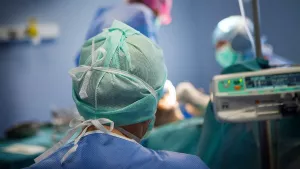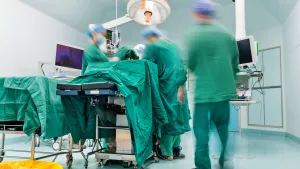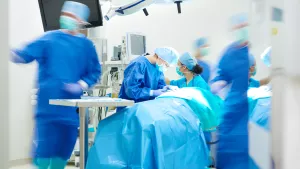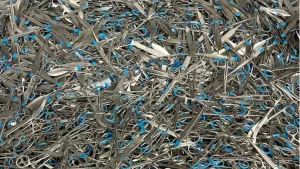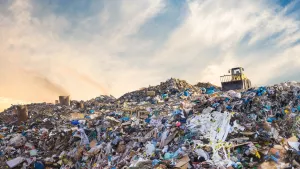Enhancing Sterile Processing through Education and Training
Incision · · 3 min readSterile processing professionals are the unsung heroes behind the scenes in healthcare facilities, ensuring that medical instruments and equipment are properly decontaminated, and sterilized. To uphold the highest patient safety and infection control standards, comprehensive education and training programs are essential for these dedicated individuals. In this blog post, we delve into the importance of sterile processing education and training, emphasizing the need for comprehensive programs, certification, and continuing education to enhance the knowledge, skills, and competencies of these professionals.
The Crucial Role of Sterile Processing Professionals:
Patient Safety: Discuss the critical role sterile processing professionals play in preventing healthcare-associated infections and safeguarding patient safety.
Compliance with Standards: Emphasize the significance of adhering to industry standards and guidelines, such as those provided by AAMI, HSPA and CDC, and the responsibility of sterile processing professionals in maintaining compliance.
Interdisciplinary Collaboration: Highlight the collaborative nature of sterile processing, where effective communication and teamwork are essential for seamless operations.
Comprehensive Training Programs
Foundational Knowledge: Outline the fundamental principles of sterile processing, including infection control, microbiology, decontamination techniques, and sterilization methods.
Technical Skills: Discuss the hands-on training required for mastering instrument cleaning, assembly, and packaging, as well as the operation and maintenance of sterilization equipment.
Regulatory Compliance: Address the importance of educating professionals about relevant regulations, guidelines, and quality assurance practices to ensure compliance within the field.
Professionalism and Ethics: Highlight the significance of instilling professionalism, ethical conduct, and a strong work ethic among sterile processing professionals.
Certification and Credentialing
Benefits of Certification: Explain the advantages of pursuing certification, such as the Certified Sterile Processing and Distribution Technician (CSPDT) or Certified Registered Central Service Technician (CRCST) credentials, which validate knowledge and skills in the field.
Requirements and Examination Process: Provide an overview of the certification requirements and examinations, emphasizing the importance of continuous learning and professional development.
Career Advancement: Discuss how certification can open doors to career opportunities, higher salaries, and increased job satisfaction.
Continuing Education
Lifelong Learning: Highlight the need for sterile processing professionals to stay updated with the latest advancements, research, and best practices through continuing education programs.
Professional Development: Encourage participation in conferences, workshops, webinars, and online courses that cover topics such as emerging technologies, sterilization validation, and quality improvement.
Mentoring and Collaboration: Emphasize the value of mentorship programs and networking opportunities, enabling professionals to learn from experienced colleagues and share knowledge within the sterile processing community.
Overcoming Challenges
Resource Constraints: Address the challenges faced by healthcare facilities in providing adequate education and training resources, and suggest strategies for leveraging available resources effectively.
Technology Integration: Highlight the importance of incorporating technology-driven training methods, such as virtual simulations and e-learning platforms, to enhance accessibility and effectiveness.
Recognition and Support: Advocate for increased recognition and support for the sterile processing profession, emphasizing the importance of investing in education and training initiatives.
Comprehensive education and training programs, certification, and continuing education are integral components of a successful sterile processing profession. By prioritizing the knowledge, skills, and competencies of these professionals, healthcare facilities can foster a culture of excellence, improve patient safety, and maintain compliance with industry standards. It is crucial for healthcare organizations, industry associations, and regulatory bodies to collaborate in providing accessible and comprehensive education and training opportunities, empowering sterile processing professionals to excel in their vital roles.


